Material Models Blog Posts

Optimizing Lubricated Systems with Numerical Simulation
Experts at SIMTEC designed a lubricated mechanical contact using numerical modeling and built an application for optimizing the use of lubrication in rolling and sliding bearings.
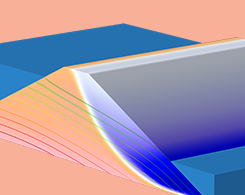
Analyzing Slope Stability Through the Shear Strength Reduction Method
Dams that are poorly designed or constructed are likely to fail. However, geotechnical engineers can account for the stability and reliability of a dam long before the structure is even built.

Introduction to Numerical Integration and Gauss Points
In this comprehensive blog post, we go over the theory behind numerical integration, Gaussian quadrature, Gauss points, weak contributions, and much more.

Modeling Multi-Ply Materials with Composite Materials Technology
In a follow-up to a previous blog post on paper mechanics modeling, Eric Linvill of Lightness by Design compares 3 methods of analysis for multi-ply materials such as paperboard.
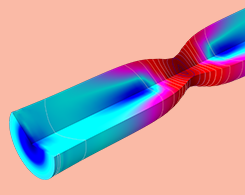
Evaluating the Necking of an Elastoplastic Metal Bar Benchmark Model
To determine the strength of elastoplastic materials, engineers often use uniaxial testing to analyze necking instability. This benchmark model proves that simulation is also a reliable method.
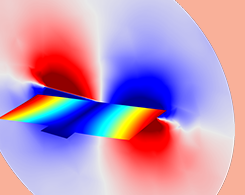
How to Model Different Types of Damping in COMSOL Multiphysics®
Structural dynamics analyses can be difficult if you have to account for damping. Get a demonstration of how to use the different numerical models for damping in COMSOL Multiphysics. Part 2 of 3.
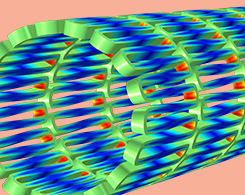
Analyzing an Arterial Self-Expanding Stent with COMSOL Multiphysics®
Interested in bioengineering? Read this overview of a self-expanding arterial stent modeled in COMSOL Multiphysics® with an implemented shape memory alloy material.
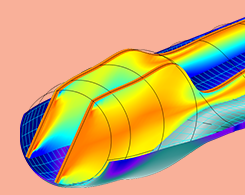
Analyzing Wind Turbine Blades with the Composite Materials Module
Take a look at the dedicated functionality for analyzing thin, layered structures in the Composite Materials Module with this example: a wind turbine blade made of composite materials.
